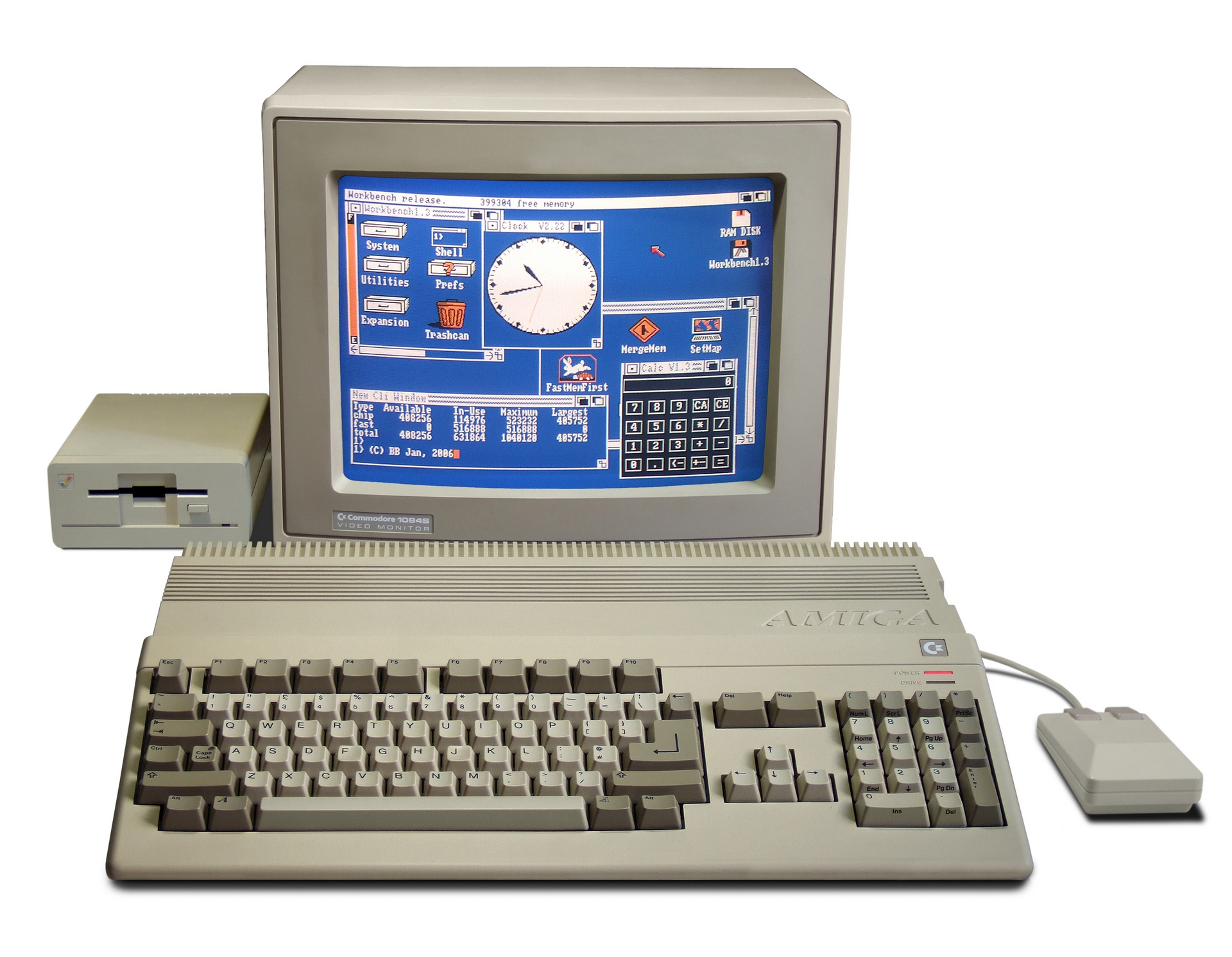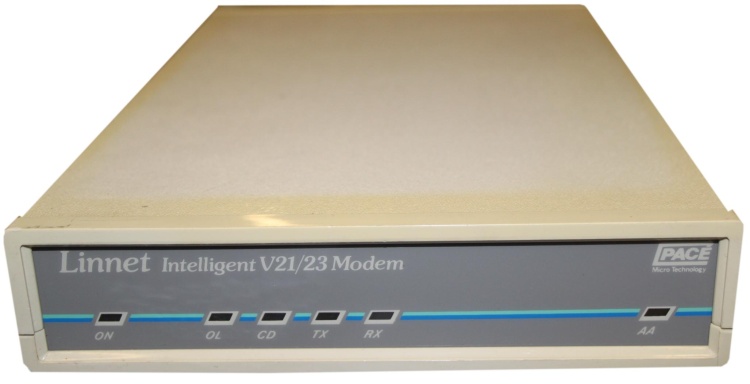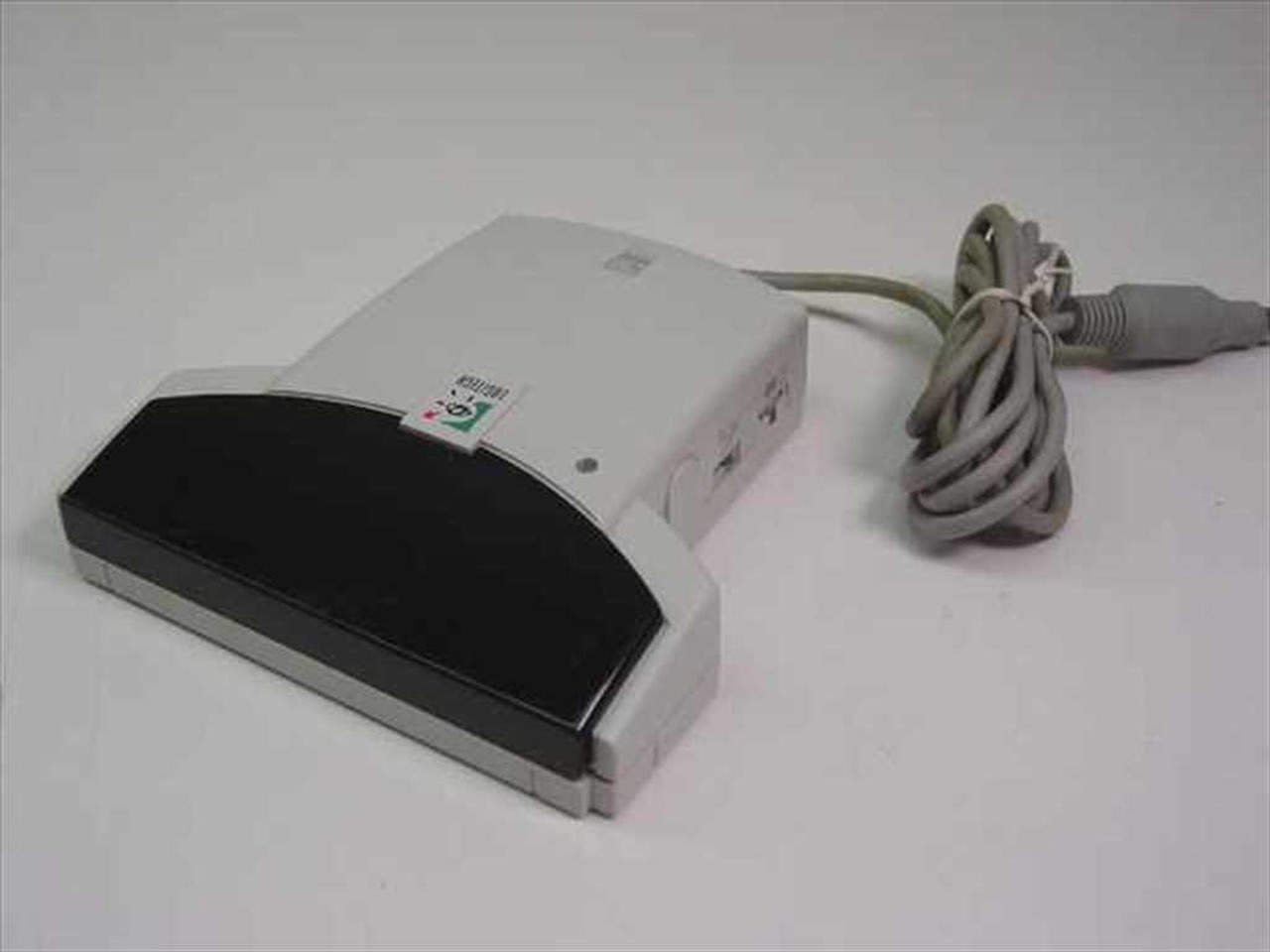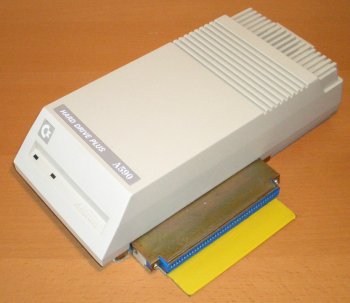In the late 1980s, around 1988, I had a Commodore Amiga 500. At the time, it was an amazing machine for graphics and sound. I started off using a small TV as a monitor, then later upgraded to the official Commodore monitor. Over time, I bought all manner of accessories to expand its capabilities.

One of the most memorable was the Pace Linnet, a split baud rate modem (1200/75 baud) connected via a standard phone line. Because we lived in Hull, UK, the only place with an independent phone company (Kingston Communications), we had unlimited free local calls. This meant I could connect to local bulletin board systems (BBS) without worrying about phone bills, long before the modern internet.

Later, I subscribed to Demon Internet, one of the UK’s first dial-up internet service providers. This was still before the World Wide Web, which only became publicly accessible around 1991. There were no browsers yet, just command-line interfaces, but I could still connect to servers around the world and download public files. It felt magical.
I also had a handheld black-and-white (grayscale) scanner. To create colour images, I discovered I could place red, green, and blue plastic filters over a photo, scan it three times, and then combine the results on the Amiga to produce a full-colour image. It was mind-blowing at the time, an early DIY version of colour scanning.

The photography link? Back then I was shooting with a Pentax ME Super film camera and occasionally scanned a few prints to edit digitally. Storage was... primitive. I used 3.5-inch floppy disks, which held just 720 kilobytes, later upgraded to 1.44 MB. I had lots of them, each labelled and organised.
Eventually, I invested £350 in a Commodore A590, a combined RAM and hard drive upgrade, which gave me a whopping 20 megabytes of storage. It felt enormous at the time.

Today, I shoot with a Nikon Z8, and a single RAW image is around 45megabytes but up to 80 megabytes, between two and four times the entire hard drive capacity I once had.
My current PC boasts 14 terabytes of storage, more than 700,000 times the capacity of the original A590 hard drive that once felt revolutionary.
How things have changed.
